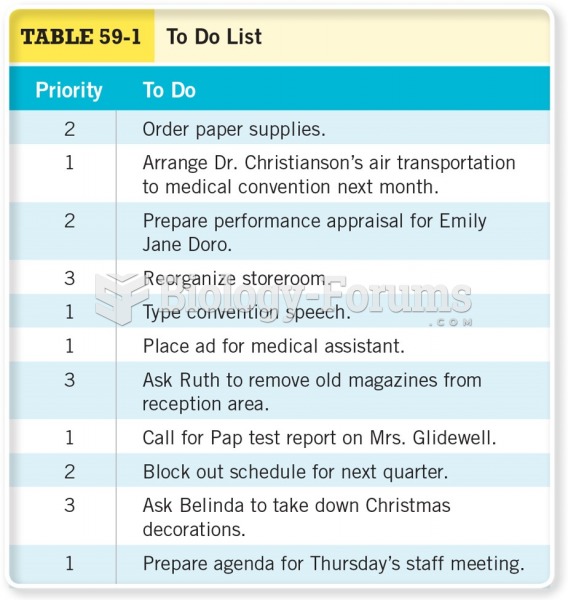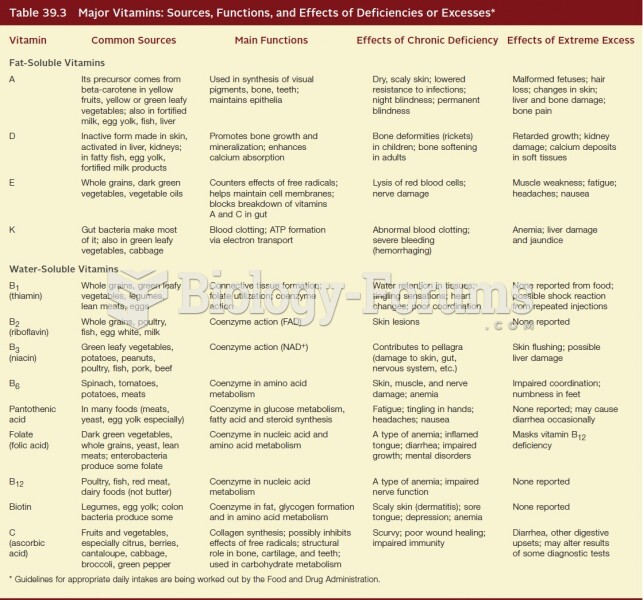Answer to Question 1
Informal Research Methods:
Search your company's files: Before asking others for help, business writers should see what they can find themselves. For many routine messages, previous documents can help with content and format.
Talk with the boss: Get information from the individual making the assignment to find out what that person knows about the topic, what slant should be taken, and what other sources he or she suggests.
Interview the target audience: Talk with individuals at whom the message is aimed. They can provide clarifying information that tells you what they want to know and how you should shape your remarks.
Conduct an informal survey: Gather unscientific but helpful information via questionnaires or telephone surveys.
Formal Research Methods:
Access electronic sources: College and public libraries provide retrieval services that permit access to a wide array of books, journals, magazines, newspapers, and other online literature. In addition, you could conduct an online Google search turning up thousands of hits, which can be overwhelming.
Search manually: If a business writer needs background or supplementary information, he or she will probably conduct manual research in public or college libraries. These traditional resources include books and newspapers, magazines, and journals. Other sources are encyclopedias, reference books, handbooks, dictionaries, directories, and almanacs.
Investigate primary sources: To develop firsthand, primary information for a project, business writers should go directly to the source. Primary sources can be investigated using observation, questionnaires, interviews, and focus groups.
Conduct scientific experiments: Another source of primary data is experimentation. Instead of merely asking for the target audience's opinion, scientific researchers present choices with controlled variables. The results of such experimentation would provide valuable data for decision making and problem solving.
Answer to Question 2
Form reports meet the demand for numerous, repetitive reports. College registration forms, applications for credit, airline tickets, and bank checks are examples of simple form reports. Form reports have the following benefits:
a. When designed properly, form reports increase clerical accuracy by providing designated places for specific items.
b. Forms save time by telling the preparer where to put each item and by preprinting common elements to eliminate the need for narrative writing. In addition to their advantages of accuracy and saving time, forms make tabulation of data relatively simple. The value of the form is uniformity.
Most form reports, such as a bank teller's cash sheet, are informational. At the end of the teller's work period, cash is counted and totals are entered in designated blanks. Cash reports from all tellers are then totaled to arrive at period totals and perhaps to be verified by computer records.
In addition to their informational purpose, form reports assist in analytical work. A residential appraisal report assists real estate appraisers in analyzing real property. With this information, the appraiser is able to determine the market value of a specific piece of property.
Many form reports are computer generated. For example, an automated hospital admission process expedites the repetitive patient reports that must be created. The admission clerk inputs the patient information using the carefully designed input screen. If the patient has been admitted previously, the patient's name, address, and telephone number are displayed automatically for the clerk to verify. When the clerk inputs the patient's date of birth, the computer calculates the patient's age, eliminating the need to ask a potentially sensitive question and ensuring accuracy when patients cannot remember their ages. All data are stored in a computer file and retrieved as needed to generate numerous reports required during a patient's stay, such as the admissions summary sheet, admissions report, pharmacy profile, and even the addressograph used to stamp each page of the patient's record and the identification arm band. Using the computer to prepare each report in the previous example leads to higher efficiency levels and minimizes errors because recurring data are entered only once. Preparing error-free form reports is a critical public relations tool because even minor clerical errors may cause patients or customers to question the organization's ability to deliver quality service.







